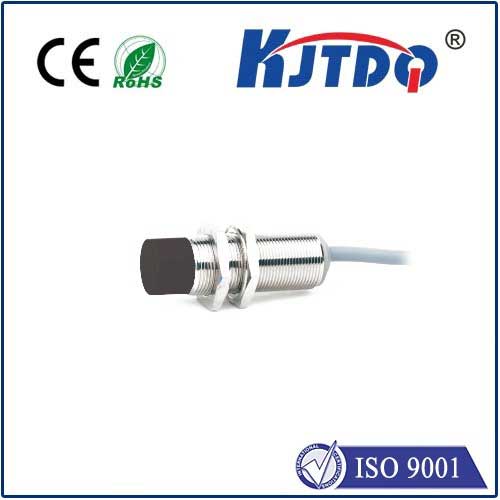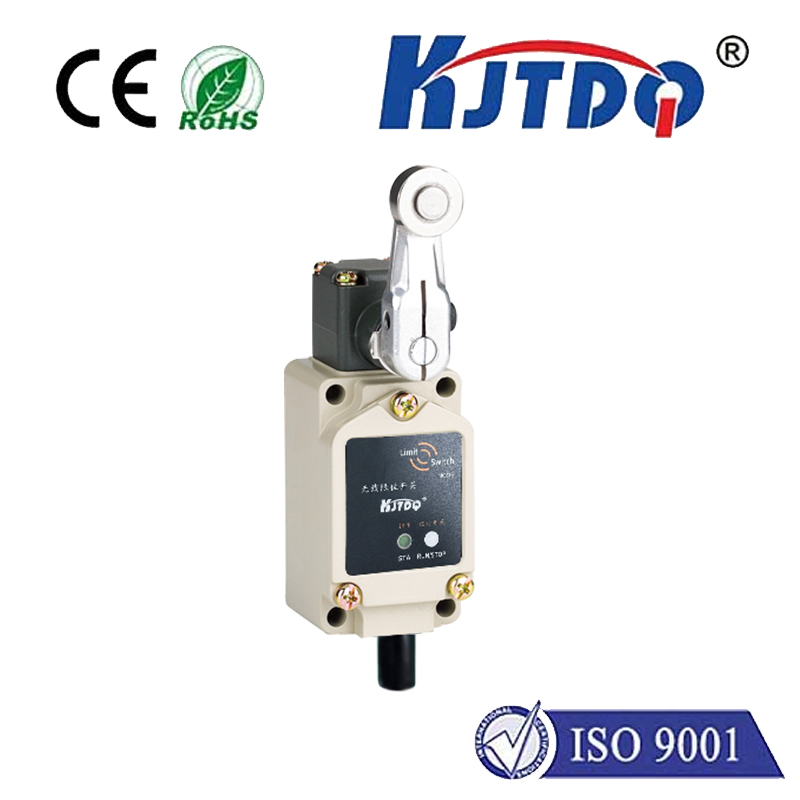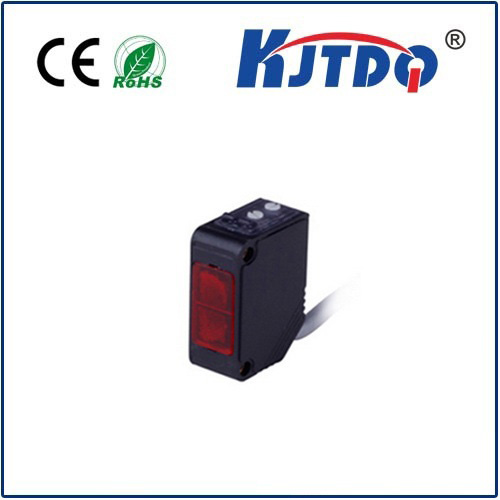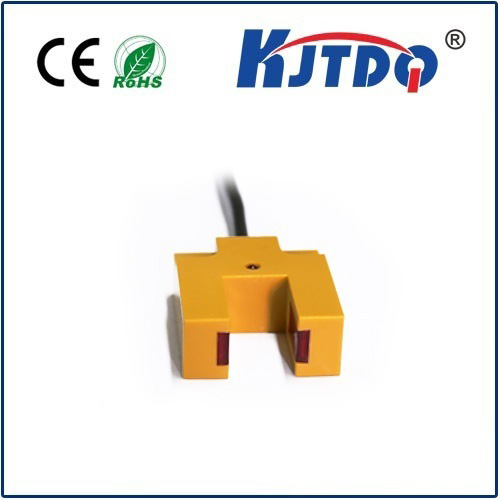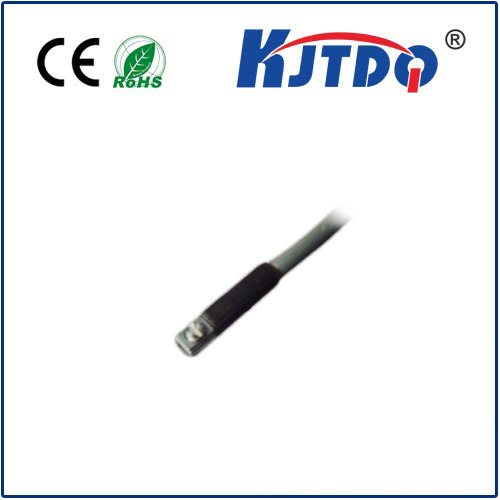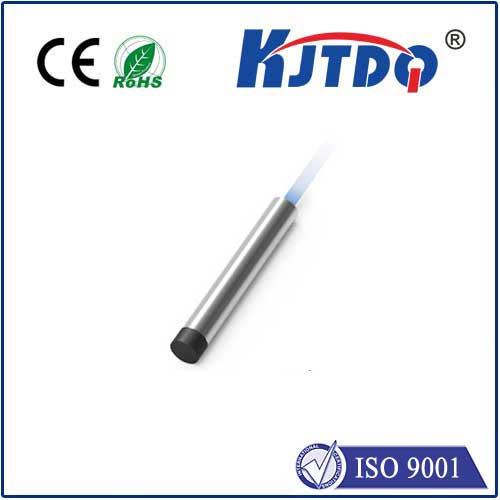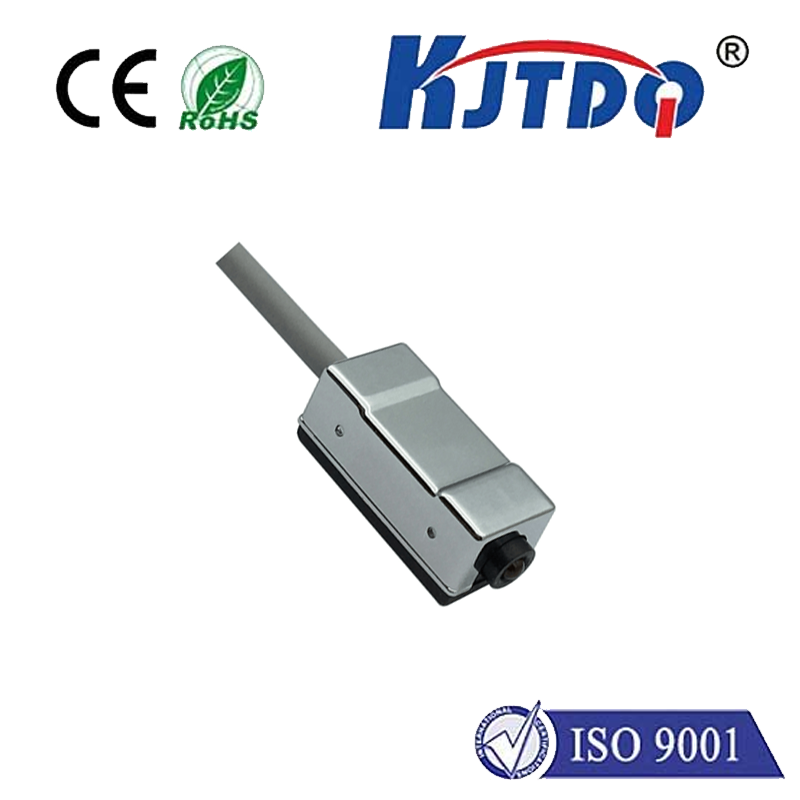подавление фона фотоэлектрического датчика приближения
- time:2025-07-14 15:28:11
- Нажмите:0
Mastering Object Detection: The Power of Background Suppression in Photoelectric Sensors
Imagine a robotic arm flawlessly picking components off a moving conveyor, a packaging machine sealing boxes without crushing contents, or an automated door opening precisely as you approach. These everyday industrial feats often rely on an unsung hero: the Фотоэлектрический датчик приближения. But what happens when the target object sits close to a complex background? How does the sensor know not to trigger off a wall, machinery, or stacked goods behind it? This is precisely where background suppression (BGS) technology shines, elevating photoelectric sensors from simple presence detectors to sophisticated, reliable workhorses in demanding environments.
The Core Challenge: Separating Signal from Noise
Standard photoelectric proximity sensors work by emitting a beam of light (usually infrared or visible red) and detecting its reflection off a target object. The presence of reflected light signifies an object within the sensor’s operational range. However, many applications involve detecting objects against busy backgrounds. Consider:
- Detecting a small box on a pallet stacked high with other boxes.
- Sensing a bottle cap on a conveyor belt that may have bottle caps already filled behind it.
- Verifying the position of a part on a machine frame.
In these scenarios, a standard diffuse sensor, which triggers based on the intensity of reflected light, faces a problem. The background might reflect light just as strongly (or even more strongly) than the foreground target object. Without intelligent processing, the sensor could falsely trigger based on the background, causing machine malfunctions, jams, or quality issues. This is the fundamental challenge background suppression is designed to overcome.
Demystifying Background Suppression: Intelligent Proximity
Background suppression isn’t just a buzzword; it’s a sophisticated operating principle engineered into specific photoelectric proximity sensors. These sensors don’t merely measure the amount of light returning; they intelligently determine the distance from which the reflection originates. The secret lies in triangulation.
- The Emitter: The sensor projects a focused beam of light (typically infrared) towards the potential target area.
- The Receiver: Instead of a single large receiver element, BGS sensors use a position-sensitive detector (PSD) or cleverly arranged receiver elements.
- The Triangulation Principle: When the emitted light hits an object, it reflects back towards the sensor. Crucially, the angle at which this reflected light hits the receiver elements changes depending on the object’s distance:
- Object Close: Light reflects back at a steeper angle, striking the receiver elements near the top (closer to the emitter).
- Object Far: Light reflects back at a shallower angle, striking the receiver elements further down (farther from the emitter).
- Intelligent Evaluation: The sensor’s internal electronics continuously monitor where on the receiver the strongest light signal is hitting. It’s programmed with a specific set switching distance. Only reflections originating from distances closer than this set point trigger the sensor output. Reflections from objects further away (i.e., the background) are effectively suppressed and ignored.
BGS vs. Foreground Suppression (FGS): Understanding the Difference
A common point of confusion arises with foreground suppression (FGS). While both techniques are used to eliminate false triggers based on background or foreground objects, they achieve the opposite result:
- Background Suppression (BGS): As described, ignores distant objects (background). Triggers on objects closer than the set distance. Ideal for detecting objects against a potentially interfering background.
- Foreground Suppression (FGS): Ignores close objects (foreground). Triggers on objects farther than the set distance. Useful for detecting an object behind a mesh, fence, or clear window, ignoring the closer obstruction.
Choosing between BGS and FGS depends entirely on the specific application requirement: should the sensor ignore what’s far away (background) or what’s very close (foreground)?
Where Background Suppression Sensors Deliver Unmatched Value
The unique capability of photoelectric proximity sensors with background suppression makes them indispensable in numerous applications:
- Palletizing and Depalletizing: Reliably detecting individual boxes, layers, or gaps on stacked pallets, ignoring the boxes or pallet structure behind the target layer.
- Packaging Lines: Detecting products, caps, or labels on conveyors, even if partially obscured or behind other similar products on the line. Ensuring correct object placement before sealing or filling operations.
- Automated Guided Vehicles (AGVs): Safely detecting docking points, obstacles, or navigation targets, ignoring floor patterns or distant walls.
- Перевозка материалов: Detecting parts on fixtures or within bins, suppressing reflections from the bin walls or contents deeper within.
- Small Object Detection: Pinpointing tiny components (screws, clips, electronic parts) on a belt or tray, overcoming background interference.
- Machine Safety: Verifying guard positions or the absence of personnel limbs in hazardous zones, ignoring safe background structures.
The Tangible Benefits: Why Choose BGS?
Integrating background suppression technology into photoelectric sensors offers compelling advantages:
- Unparalleled Reliability in Complex Environments: Significantly reduces false triggers caused by reflective or cluttered backgrounds, boosting process uptime and reducing errors.
- Precise Detection Range Control: The ability to set a specific switching distance allows for highly accurate object positioning verification.
- Stability Against Target Variability: Performs consistently even when target objects have varying colors, textures, or surface finishes, as it focuses on distance, not just reflectivity intensity. Detecting dark objects against dark backgrounds becomes more feasible.
- Reduced Downtime and Maintenance: Fewer false signals mean fewer machine stoppages and less need for manual intervention or recalibration.
- Многогранность: Effective across a wide range of applications where background interference is a challenge.
Conclusion: The Smart Choice for Demanding Detection
Photoelectric proximity sensors with background suppression represent a significant evolution in sensing technology. By leveraging the triangulation principle to discern the distance of the reflecting object, they provide an intelligent solution to one of the most persistent challenges in industrial automation: reliably distinguishing the target from its background. Whether ensuring a robotic arm picks the right box, a packaging machine seals perfectly, or an AGV navigates safely, BGS technology delivers the precision and reliability needed for modern, high-performance automation systems. When your application demands object detection amidst complexity, background suppression is often the key to unlocking flawless, efficient operation.
